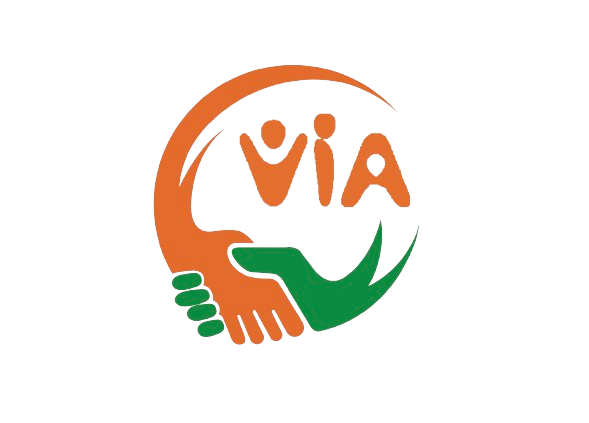History
Scroll down to dive into VIAs history!
Much of the history of SCI can be found on their website and in the international archive.
First Work Project
Work Projects Continue
International Volunteer Emergency Service – after WWII
Foundation of the Dutch Branch
Flood Disaster
Politicization Discussion
Birth of VIA
Talking vs. Doing
A New Generation
Flowering Period
VIA in Former Yugoslavia
A New Record
VIA Takes Initiative
Current Developments
1918
1920 & 1930
1945
1948
1953
1960s
1969
1970s
1980s
1990s
From 1992
1993
1994
2000s
French and German volunteers worked on reconstructing a village near Verdun that was severely damaged during WWI. Cooperation and coexistence reduced prejudices and facilitated understanding between both nationalities. Although the residents were initially not ready for this, the idea got more and more support, so that the initiators, among them Pierre Ceresole, decided to continue their work.
Following work projects of several months usually included heavy physical work, as they were aimed at helping out after natural disasters like earthquakes or floods.
SCI pioneers were driven by pacifism – the strive for long-lasting peace without wars or other armed conflicts. Plus, instead of just talking about peace, they wanted to actively and practically work on it, which they did by volunteering.
SCI kept growing and became increasingly international, expanding its branches into more and more countries.
= International Volunteer Relief Service (IVH)
Developed into one of the largest projects involving the IVH. Volunteers helped clear debris and renovate houses for months.
SCI became concerned not only with providing help, but also with organizing and empowering people to ‘help them help themselves’. Therefore, they started working with another organization, the Stichting Afbraak/Opbouw, whose aim it was to organize politically committed projects.
IVH merged with Stichting Afbraak/Opbouw under the new name Voluntary International Action, or short: VIA
At that time, the most important topic of VIAs work was solidarity with the developing world. It was the focus of many discussions dealing with the political usefulness of the work and global economic inequality as a cause for social inequality. Such discussions sometimes came at the expense of work: in 1975, only one project was organized.
Relatively high unemployment rates allowed people to spend more time on voluntary work, which brought about a whole new generation of volunteers. Instead of having a small group organize all projects, now work was shared by setting up several different groups. This (democratic) structure of VIA has remained until today.
Moreover, more thematic variation was included into the work projects from VIA and SCI, and long-term volunteering was revived as an alternative to the usual 2-3 weeks projects.
Annually, 200 Dutch volunteers participated in projects all around the world.
Projects have diverse topics, but environmental (e.g., supporting small ecological farms) and refugee projects dominate, as these issues became increasingly relevant.
After the fall of the iron curtain, also the exchange with new NGOs from the former Eastern bloc flourished.
VIA sent out hundreds of volunteers to organize children’s activities in refugee camps in former Yugoslavia. Furthermore, VIA volunteers participated in projects aimed at reconciliation between different population groups.
VIA managed to organize a record number of 16 work projects in the Netherlands.
In addition to volunteer projects, VIA initiated and organized several actions and manifestations during the mid-1990s.
In 1994: Manifestation against a weapons fair in The Hague, and a manifestation against the border hospital in Amsterdam South-East.
In the early 2000s there was an economic booming phase, which is why many people focused less on voluntary work.
These days, the world wide web makes it increasingly easy for volunteers from all around the world to communicate and cooperate. This enables us to take part in and organize many projects within SCI.
“We continue to believe that we are able to make the world a better place and therefore we need to start with ourselves.”


